|
Hugh Warring of Buckhorn
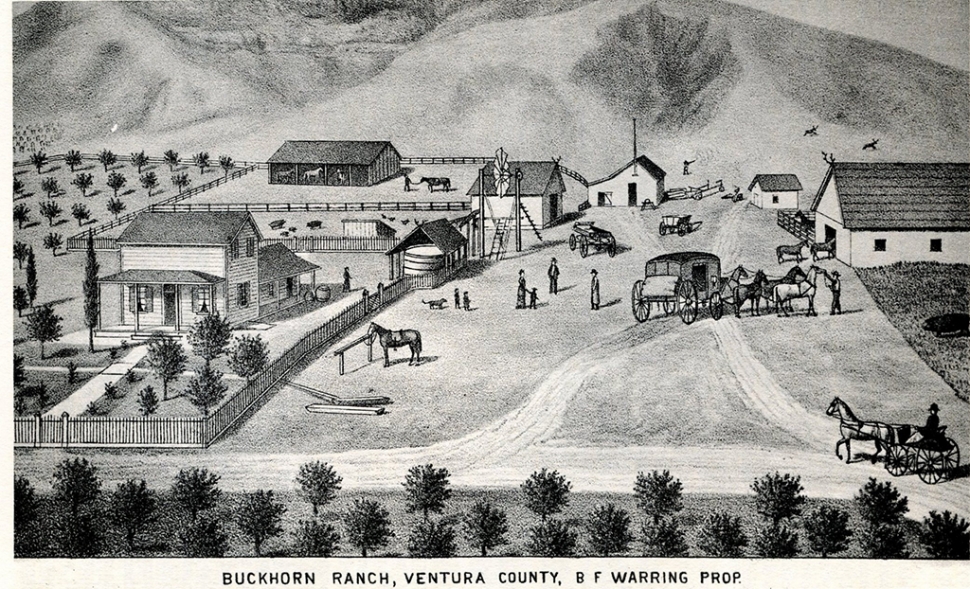 The Buckhorn Ranch had been part of the Rancho Sespe land grant claimed by Thomas W. More. According to Hugh, “T. W. More. Photos Courtesy Fillmore Historical Museum. By Gazette Staff Writers — Wednesday, September 28th, 2022
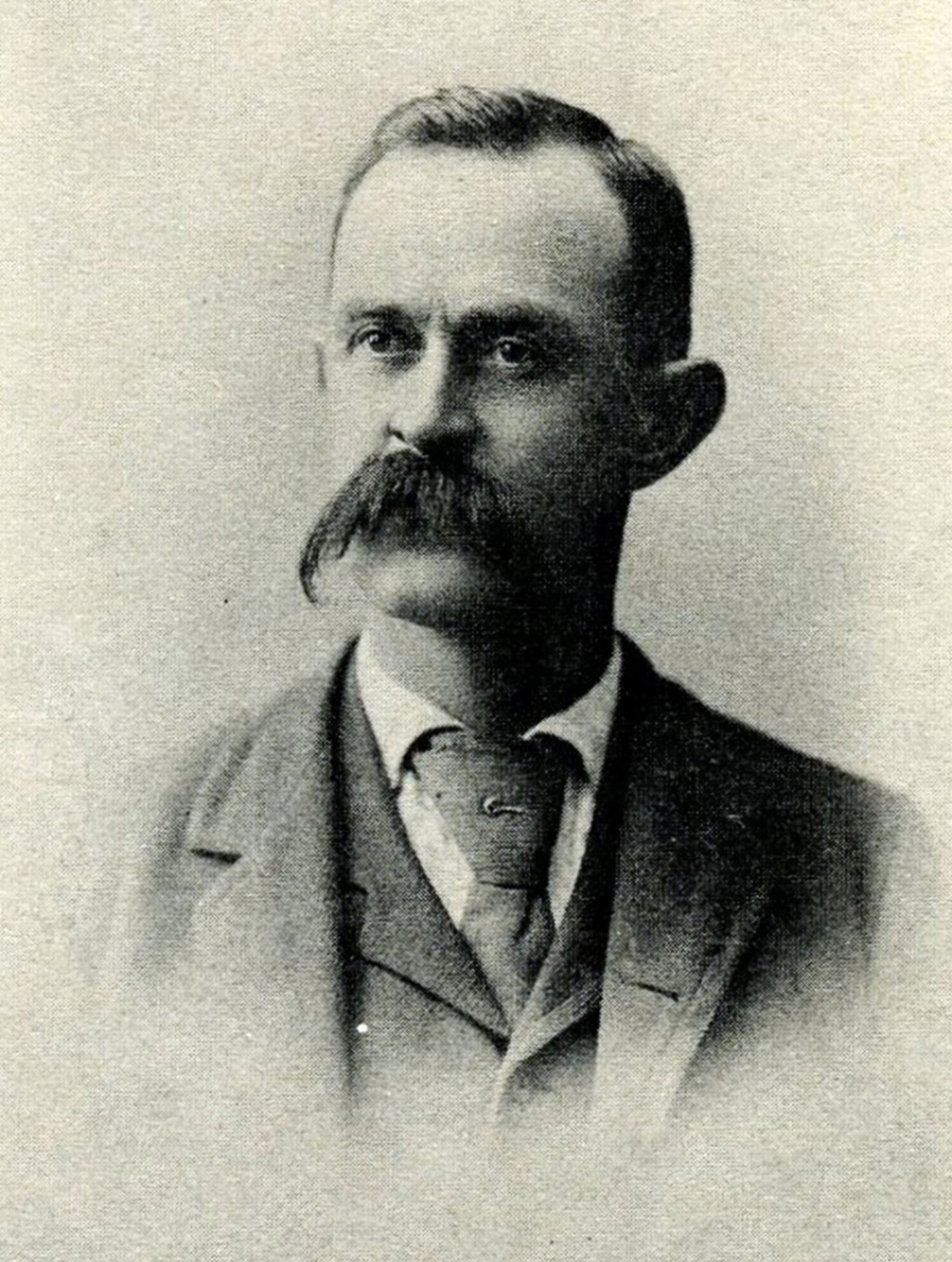 Hugh Elihu Warring. 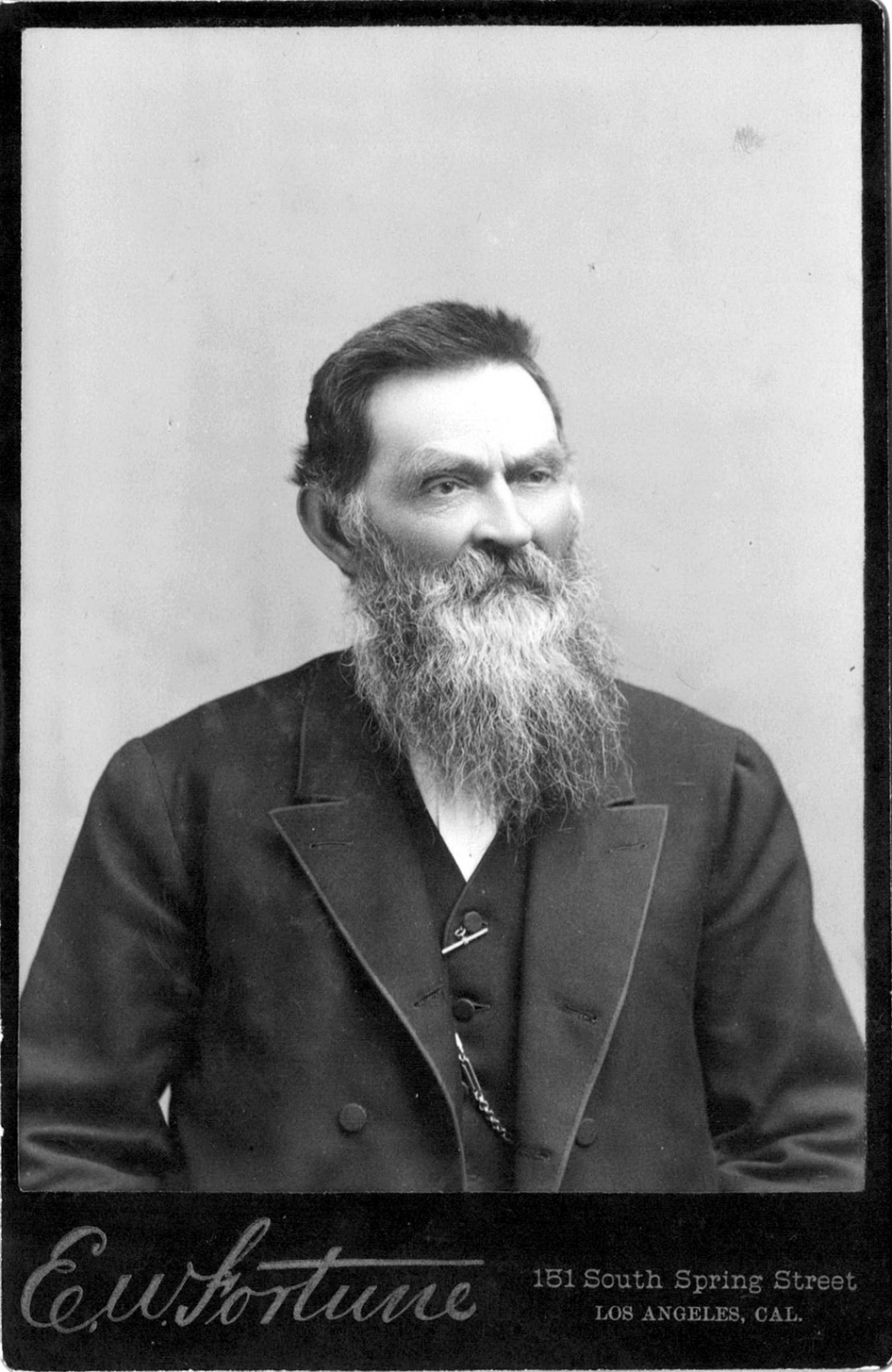 Benjamin Warring 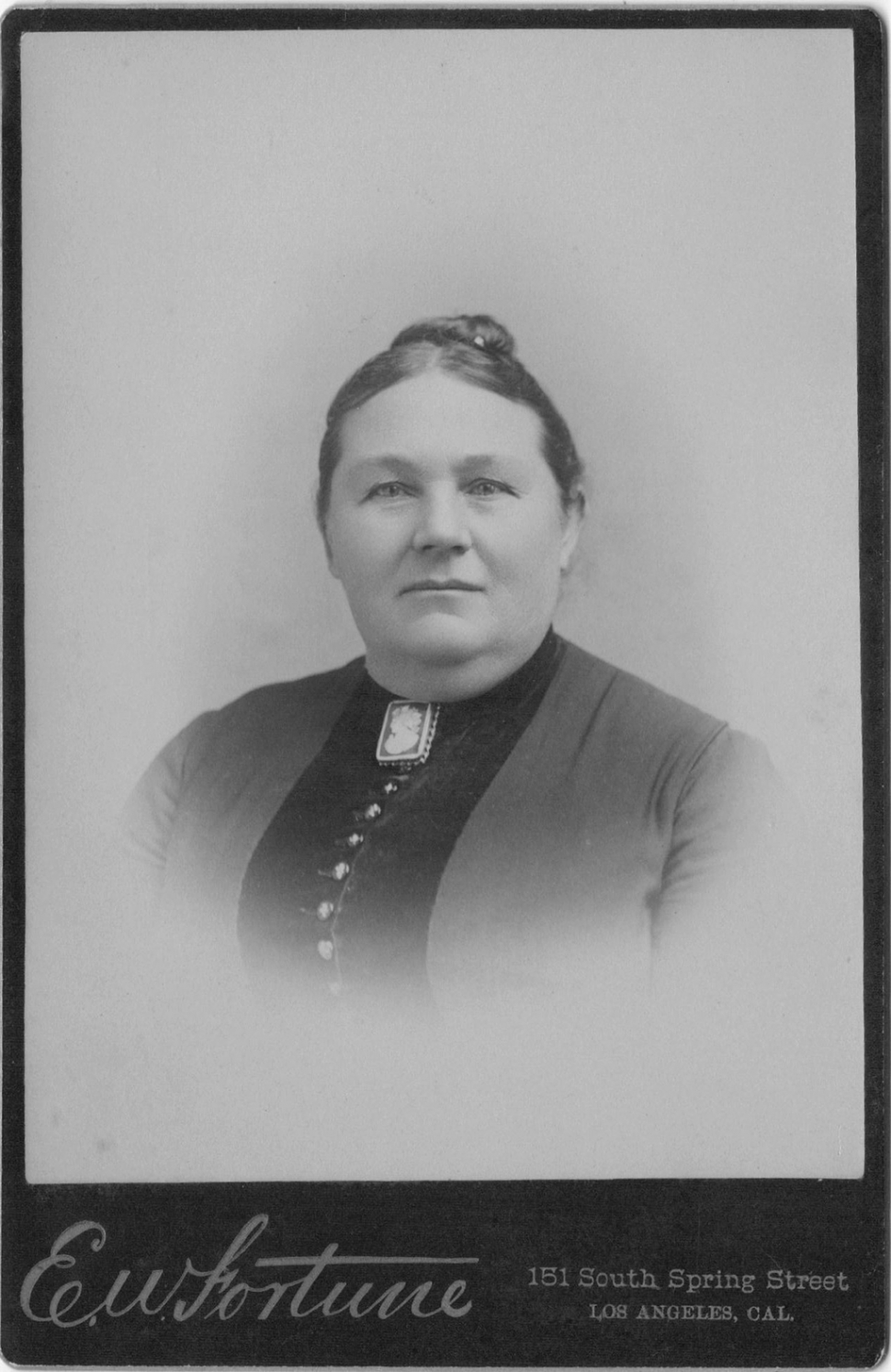 Missouri Warring 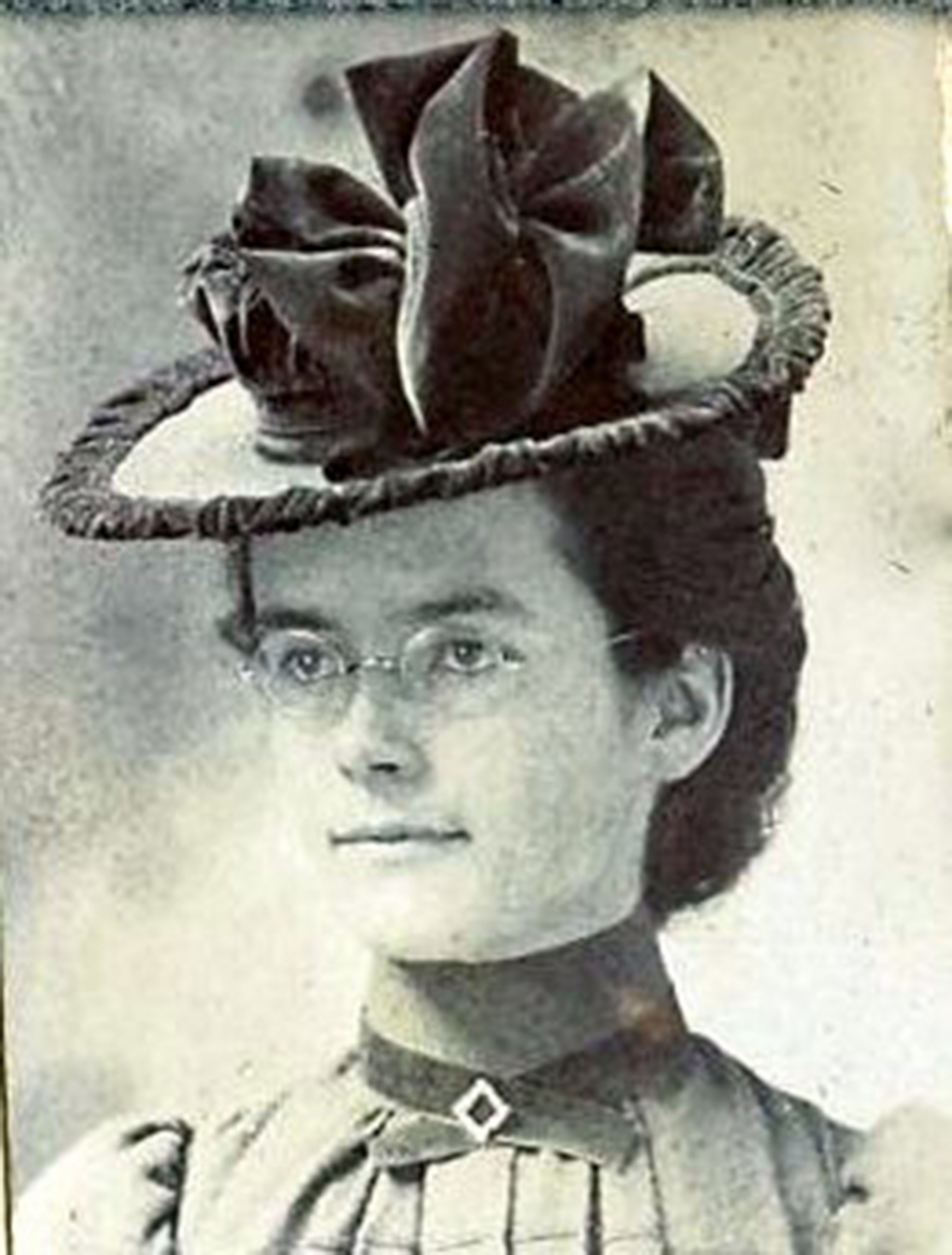 Alice Conaway Warring 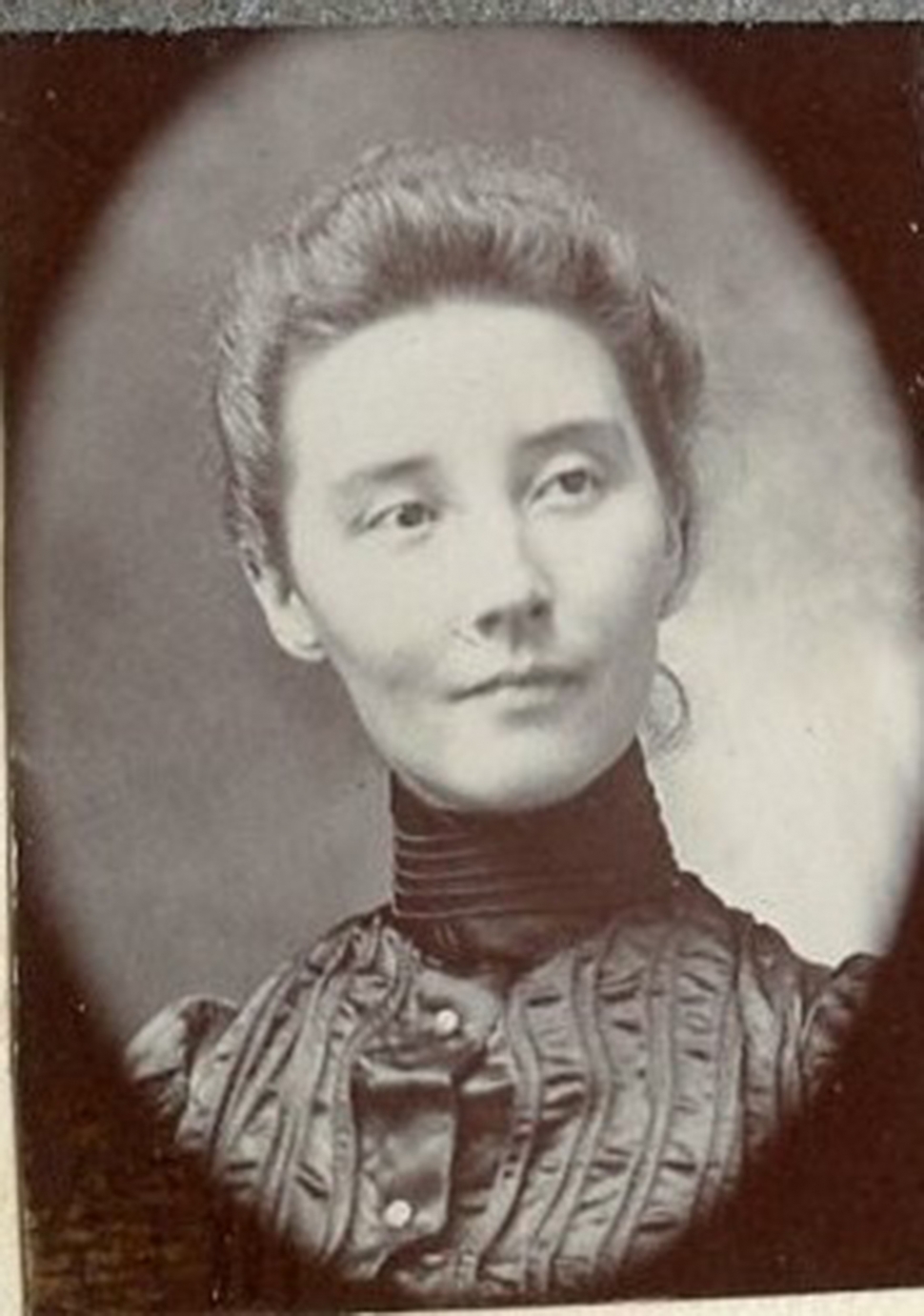 Ora Comfort Warring 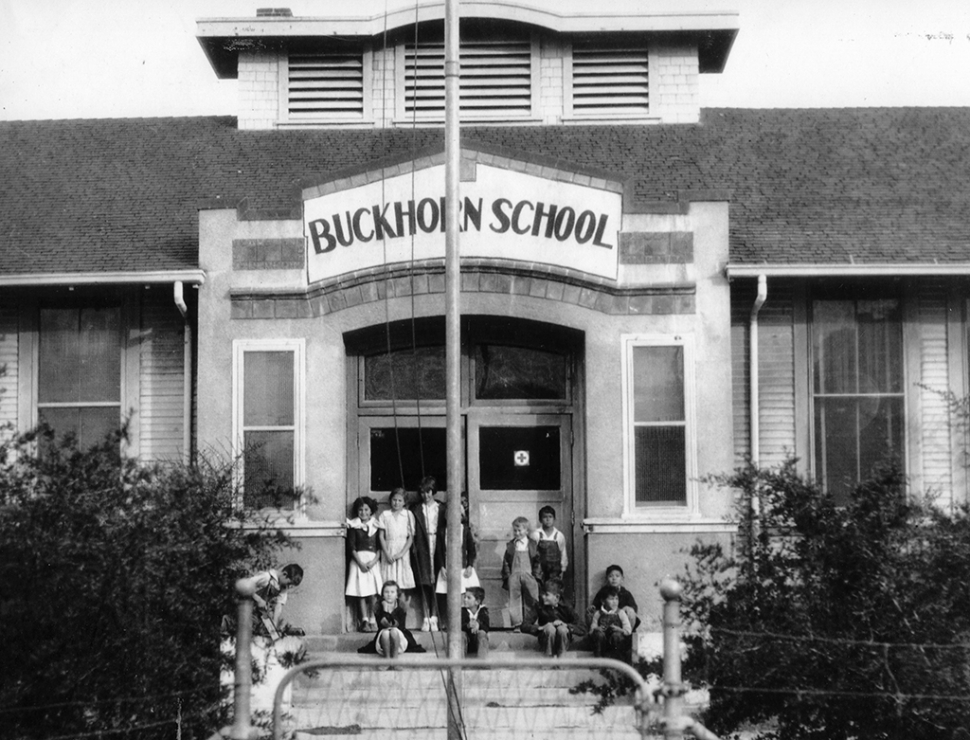 Buckhorn School circa 1920. Courtesy Fillmore Historical Museum Benjamin Warring was born March 9, 1831, in Tioga County, New York. In 1851 he traveled to California via the Isthmus of Panama, settling in San Jose where he had family. For a time, he was engaged in the lumber business. In 1854 he married Missouri Dorcas Easley. Missouri arrived in San Jose, from Missouri, with her family around the same time as Benjamin. In 1869 the Warring family, which now included Benjamin and Missouri as well as their three children, Isaac, Hugh, and Emmaline, and Missouri’s father and brother, moved from San Jose to Ventura County. The trip took three weeks for the party to reach Ari Hopper’s ranch. Mrs. Warring’s older sister, Susannah, was married to Ari Hopper for whom Hopper Canyon between Fillmore and Piru is named. In 1930, Hugh Warring told the story of how the family came to own Buckhorn this way, “My father put a shack up on the present Buckhorn Ranch. A man named Hitchcock had a possessory claim to the 160 acres my father wanted to buy. Hitchcock looked at the six-shooter my father wore and said he would trade the land for it. My father homesteaded the ranch as soon as it was open to entry.” The area known as Buckhorn Ranch had been part of the Rancho Sespe land grant claimed by Thomas W. More. According to Hugh, “T. W. More and my father were fighting over this property until More was murdered (1877). The decision of the court was handed down during the trial of his murderers. The grant was fraudulent and whether More committed the fraud or not we do not know.” There was an abundance of game in the area. It was not unusual to see bear prints around the area and Ari Hopper was known to have been a great bear hunter. Unfortunately, he died from an accidental gunshot wound while out hunting in 1898. It is said that Buckhorn Ranch earned its name because of the number of deer antlers which were displayed on the gate. The first crops they grew on the ranch were hay and grain which were sold to the stagecoach companies. In 1887 the ranch was planted with apricots. The first citrus was planted in 1891 or 1892 and they began to bear fruit in 1896. What really paid the bills in the early days was the ranch’s relationship with the stage company. Not only did they sell hay to them, but the ranch became one of the regular stagecoach stops. In 1887 the Warrings got a new neighbor. David C. Cook from Chicago was a successful publisher of religious tracts and books. He came to California to recover his health as many wealthy people did during that period. Cook purchased the Rancho Temescal land grant from the Del Valle family of Rancho Camulos. Cook was establishing a “Second Garden of Eden” in the Santa Clara Valley. He laid out the town of Piru. When the Southern Pacific Railroad declined to put a depot in Piru since it already had one at Rancho Camulos, Cook built and staffed his own depot in Piru. He built a school, church and a large home known as the Cook Mansion. By 1890, he had recovered his health and returned to Chicago. The Mansion and other property were first sold to the Piru Oil and Land Company. In 1907 W. A. Ramsay of Colorado purchased the Mansion for $65,000. The Santa Barbara Morning Press of October 20, 1907 reported that this was the same W. A. Ramsay who was promoting a “Ventura – Nordhoff (Ojai) – Matilija electric road.” The electric road would have been a trolley line between these points. In 1912 Hugh Warring purchased the Mansion from Ramsey and the family owned it until 1968 when it was purchased by the Scott Newhalls. In 1881 Hugh Warring had married Alice Conaway. Daughter of Joshua Conaway who was one of the first Ventura County Supervisors and County Assessor. Hugh and Alice would have four sons: Edwin, Floyd, Alfred and Lester. Alice died in 1896 with the official cause listed as “edema of the lungs.” Hugh remarried in 1903 to Ora Comfort, whose family had lived in the Buckhorn area since 1878. Ora had two sons from a prior marriage and she and Hugh had two sons, Benjamin and Chester Hugh Warring was involved in many enterprises such as the Hugh Warring Domestic Water System which provided water to the Piru community. He served one term as a Ventura County Commissioner. Running as an independent, he defeated both the Democratic and Republican candidates. Hugh built Piru’s first school on his property in 1882. It burned down and a new one was built in its place. That structure is reported as having burned before 1913 and the third structure was built just west of its location. Benjamin Warring served as the first director on the board of the Buckhorn School District, with Hugh serving in that capacity next. His sons, some of his grandsons, his brother Walter, and his only son, as well as Ora Warring’s father, H. B. Comfort, all served as trustees on the board for the Buckhorn School District. In 1916 it got a name change from Piru School to Buckhorn School. In 1921, it was enlarged to a two-room building. It was closed in the 1960s and the building was converted to a private residence. In 1927 along with W. H. Price, Frank Erskine, J. M. Horton, Charles Padelford and others, Hugh Warring established Ramona Building and Loan. The company was to extend loans for the building of homes and businesses in the Fillmore and Piru areas specifically. Hugh Warring was its first president. Ramona Building and Loan didn’t survive the effects of the great depression, which saw to its close in 1932. Hugh’s son, Floyd, opened the Ramona Savings and Loan with a group of investors, in conjunction with his father’s building and loan. It made it through that era, staying open to serve the Fillmore/Piru communities until the mid-1980s when it was purchased by an Orange County concern. Warring also was a major benefactor for his community donating the land for Piru’s Warring Park in 1937, as well as a pipe organ to the “Piru Community Church.” It was dedicated on June 2, 1935, with David C. Cook’s granddaughter in attendance. The organist for the day was Mrs. Kathryn Kelley Van Duyen of Pasadena and the Buckhorn Rhythm band also performed. Although David C. Cook founded Piru, it can be argued that Hugh Warring did more to shape the community. Hugh Warring passed away in October on 1939. His wife, Ora, lived with their son Chester until her death in 1954. |
